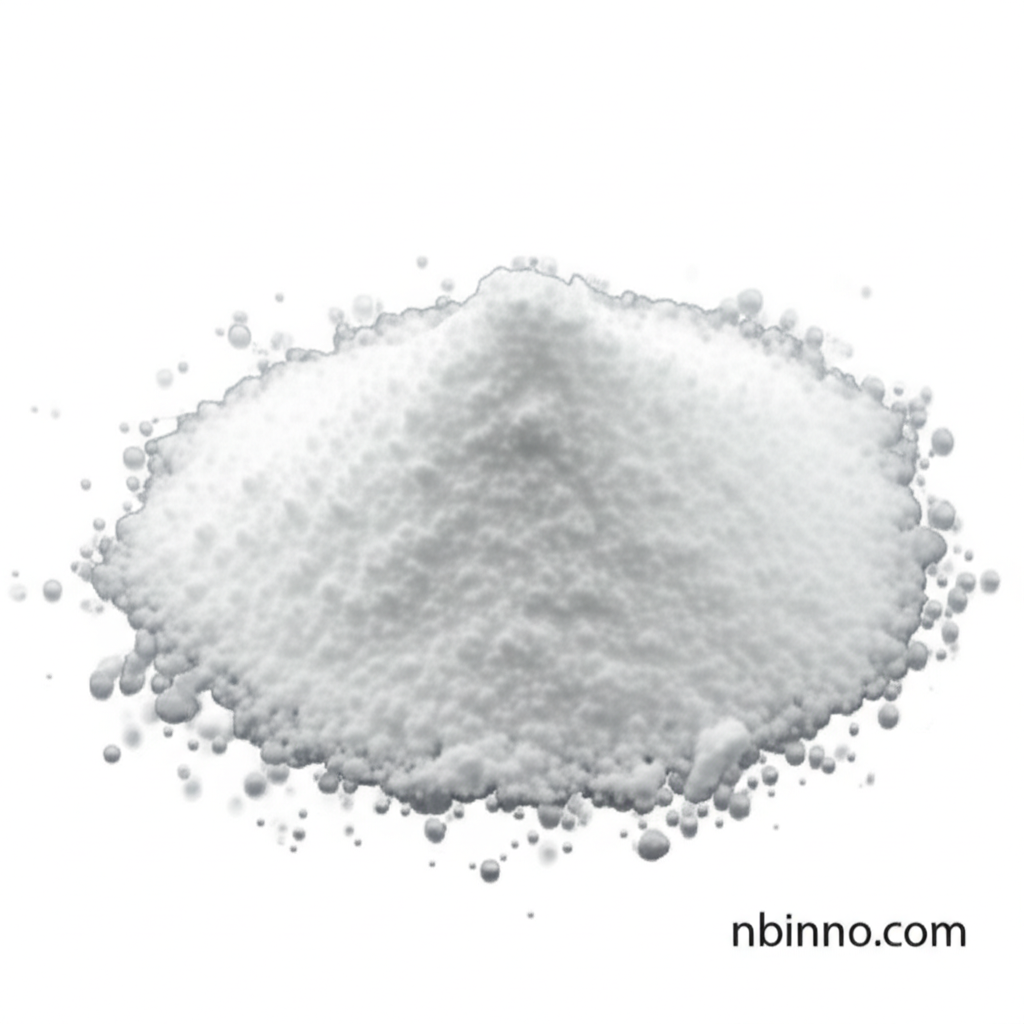Triphenylantimony Dibromide: Properties, Applications, and Synthesis of a Versatile Organoantimony Compound
Discover the chemical catalyst and flame retardant properties of this key organoantimony compound.
Get a Quote & SampleProduct Core Value

Triphenylantimony Dibromide
Triphenylantimony Dibromide (CAS No. 1538-59-6) is a significant organoantimony compound known for its utility as a chemical catalyst and flame retardant. Its molecular formula is C18H15Br2Sb, and it typically presents as an off-white crystal powder with a purity of ≥98%. This compound is crucial in various chemical synthesis processes and materials science applications, and it also shows promise in biological research for its potential antitumor and antimicrobial activities.
- Explore the chemical catalyst role of Triphenylantimony Dibromide in polymerization reactions and other industrial processes.
- Understand the various synthesis methods for Triphenylantimony Dibromide, including oxidative addition and ligand exchange reactions.
- Learn about the biological applications of organoantimony compounds like Triphenylantimony Dibromide, focusing on their potential antitumor and antimicrobial properties.
- Investigate the coordination chemistry and materials science applications where Triphenylantimony Dibromide serves as a key precursor or additive.
Advantages of Triphenylantimony Dibromide
Catalytic Efficiency
Triphenylantimony Dibromide demonstrates high catalytic efficiency in various chemical transformations, including polymerization and oxidation reactions. Its ability to facilitate these processes makes it a valuable component in the production of advanced materials and chemicals.
Flame Retardant Properties
The compound's chemical structure contributes to its effectiveness as a flame retardant, offering enhanced safety and performance characteristics in polymeric materials.
Versatile Chemical Intermediate
As a key organoantimony compound, it serves as a versatile intermediate for the synthesis of a wide array of organometallic compounds, enabling further innovation in materials science and organic chemistry.
Key Applications
Chemical Catalysis
Used as a catalyst in polymerization reactions and other industrial chemical processes, significantly improving reaction kinetics and yields.
Flame Retardancy
Incorporated into materials to enhance their resistance to fire, crucial for safety in various industrial and consumer products.
Organometallic Synthesis
Serves as a precursor for the synthesis of more complex organoantimony compounds, coordination complexes, and antimony-containing polymers.
Materials Science
Applied in the development of novel materials due to its unique structural and electronic properties, contributing to advancements in material performance.
